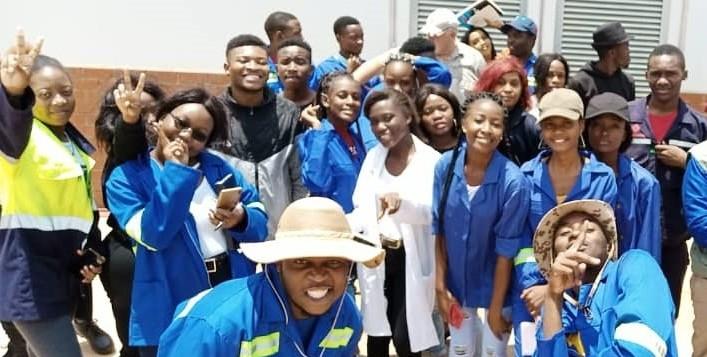Work life appreciates and demands competencies such as innovativeness, critical thinking and leadership skills. To be able to exercise and develop these skills, students should be encouraged to speak up freely, ask questions, express their even conflicting opinions and challenge themselves, teachers and peer-students. For enabling this type of student activity requires a safe learning environment that fosters positive relationships between and among students and staff, and enhances activity and reflection.
Safe learning environment can refer to both physical and mental space. Here we focus on the latter. As Prashanti and Ramnarayan put it: safe learning environment is “created in the students’ minds”. Students need a space where they are cared about, and where their views and culture are respected. They also need to know how to respect other people and their cultures.
Creating a safe learning environment is a duty of every teacher, as it promotes learning by various ways. Safe learning environment builds students’ confidence on themselves and their skills, while also encouraging them to recognize their weaknesses and seek guidance. It boosts motivation and collaborative learning and encourages students to think themselves and change their thinking. As a co-benefit, creating a safe learning environment will make students to relish learning and participate courses.
However, building a safe learning environment is easier said than done. Prashanti and Ramnarayan have created a comprehensive guide to teachers in creating a safe learning environment. Building on their insights, our experiences within the AgriSCALE project and decade of experience in teaching and guiding student teams, we provide practical examples for creating a safe, open and interactive learning environment.
Before starting a learning experience, make students to know each other, you and other teachers. You can organize different games where students have the opportunity to introduce themselves and ask questions to others. These “ice-breakers” can be used to build team spirit, enhance cooperation and to build trust. Try to be open-minded for using different kinds of approaches and ice-breakers. You can try funny or more serious games, depending on your strengths, needs and preferences. Do not undermine the importance of these exercises, as ice-breaking will build the base for the class atmosphere and students’ courage and confidence. These exercises are especially important at the beginning of the course, but we recommended to use these exercises in every class.
When students come from different countries or cultures it is important to brief them on the do’s and don’ts of each culture and emphasize the need to respect peer-students and their culture. In teamwork, the teams should be balanced to include students with different genders and backgrounds.
As a teacher, aim to be approachable and supporting peer, rather than controlling and intimidating authority. You can leave your “teachers spot” at the front of the classroom and instead walk among the students. Be also available to your students and their concerns outside the classroom.
To try enhance student activity by encouraging students to express themselves freely, ask them questions and provide them examples. Never embarrass students or told them that they are “wrong”, this will just lead them not to speak up again. Let go of the idea, that there is always only one right answer. Instead appreciate different views and opinions and teach this to your students also.
Trust your students and their skills and show this trust to them. If you believe in your students and their skills, the students will start to believe in themselves, and will be motivated to perform their best. On the contrary, if students lack confidence, they may not even try but stay passive.
Care for your students and their well-being. Treat your students well and with respect. When students feel valued, they are confident to try different methods and to give their best.
Allow and embrace different ways of learning and thinking. Let students also challenge you and your thinking. Give students opportunity to question and contest ideas and methods, and to provide their own suggestions.
Don’t blind yourself and students with grades and marks but focus on learning. Remember and make your students understand that they are not there for grades, but for learning. Instead, or in addition to grades, you can try different evaluation methods. In any case, remember to give constructive and supporting feedback rather than criticizing.
Be aware and reflective of what is happening in the class and in the class atmosphere. Notice what is working and what encourages students and their participation. Increase these elements in your teaching.
We encourage every teacher to try and build upon these tips and monitor the effect they will have on students and the whole class atmosphere. We guarantee that it will be a positive experience both for the students as well as the teachers.
Authors:
Ulla-Maija Knuutti, Senior lecturer at Sustainable Development degree Programme
Satu Määttänen, Research assistant in HAMK Bio





Discussion3 kommenttia
Pingback: Tips for planning real-life cases and company cooperation for learning purposes - HAMK Beat
Pingback: Observed change in the class atmosphere during transformation to student-centered methods - HAMK Beat
Pingback: “It helped me to develop a new way of thinking and become confident”: Lessons from a capacity building workshop - HAMK Beat